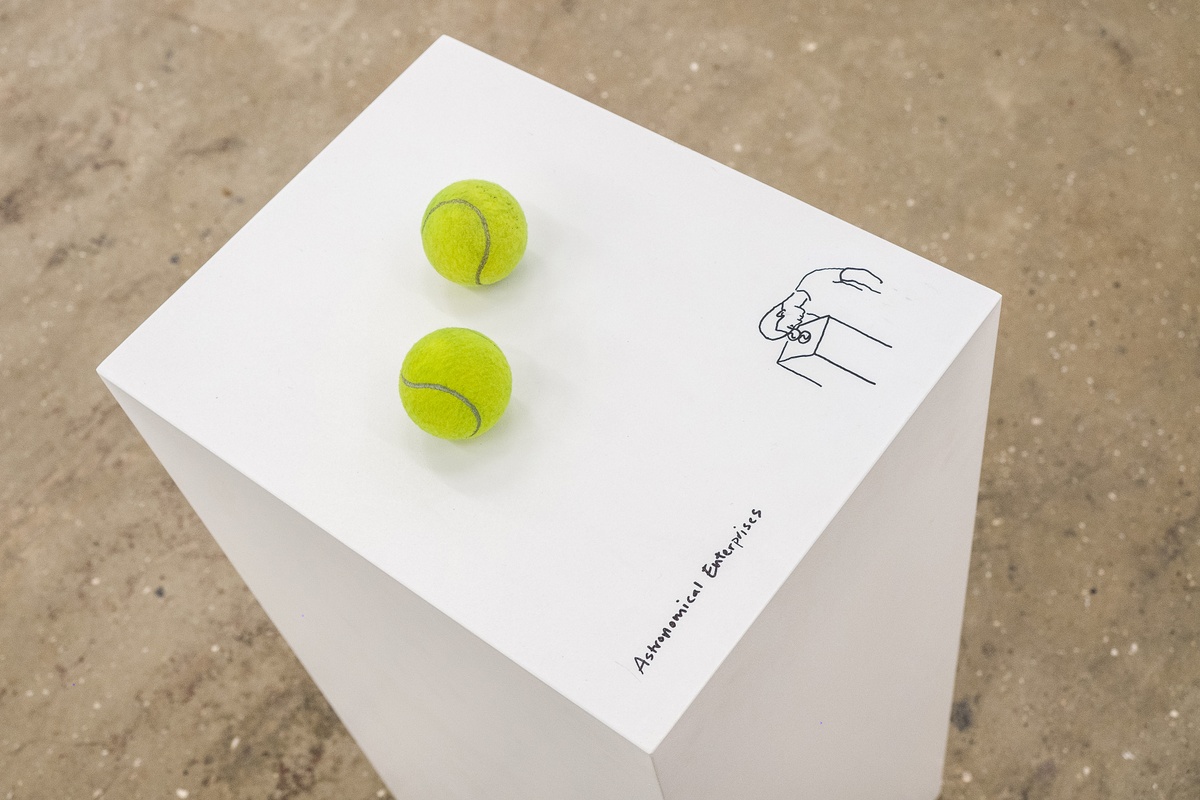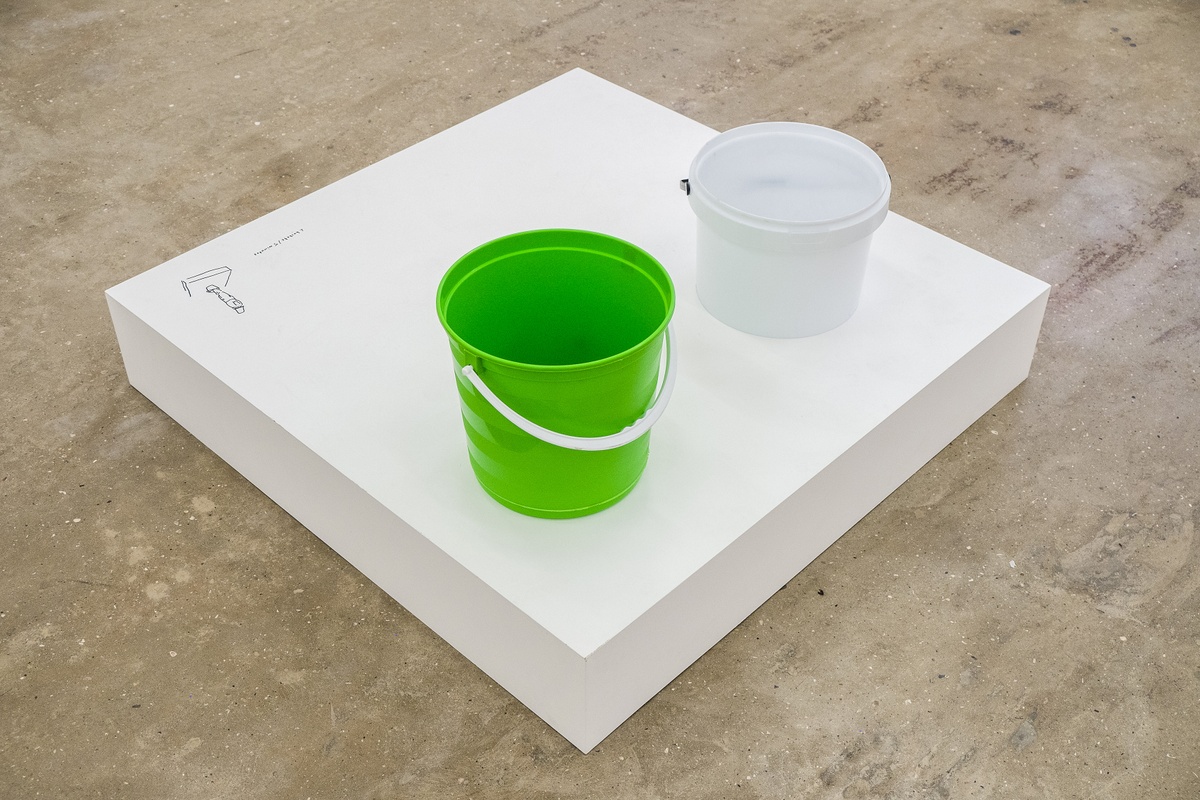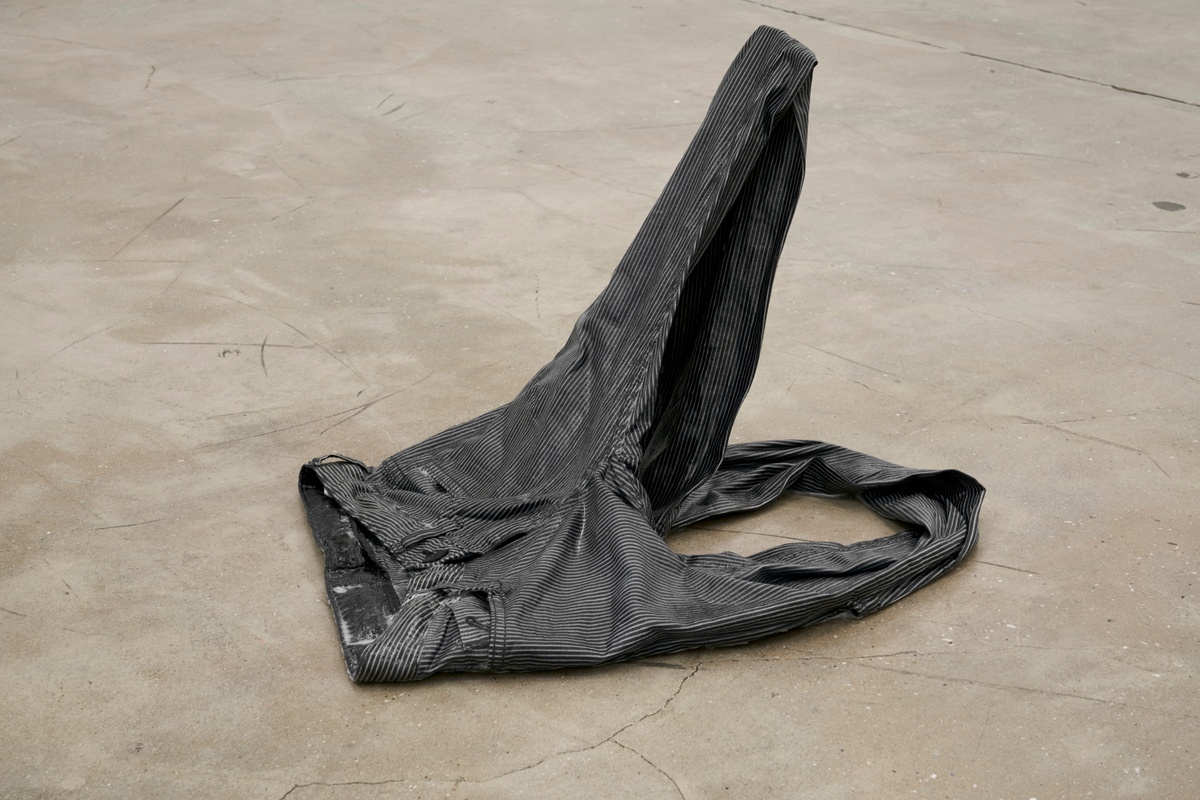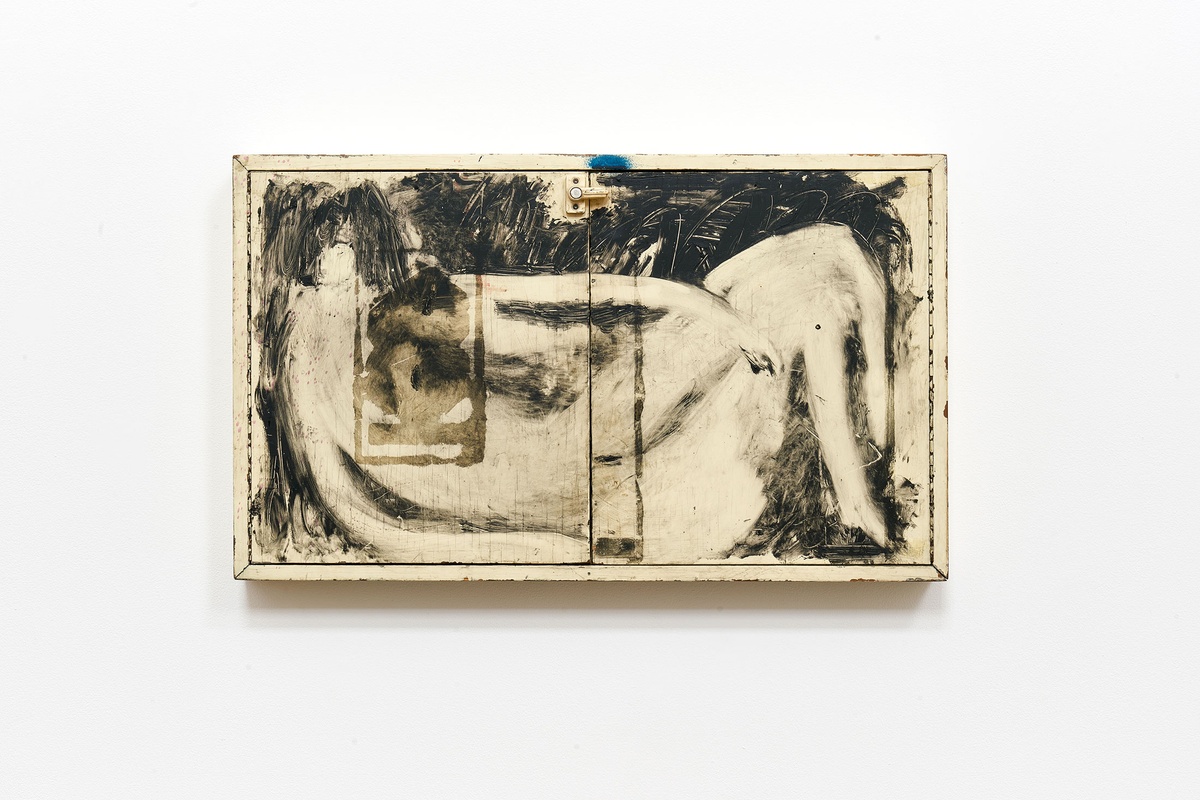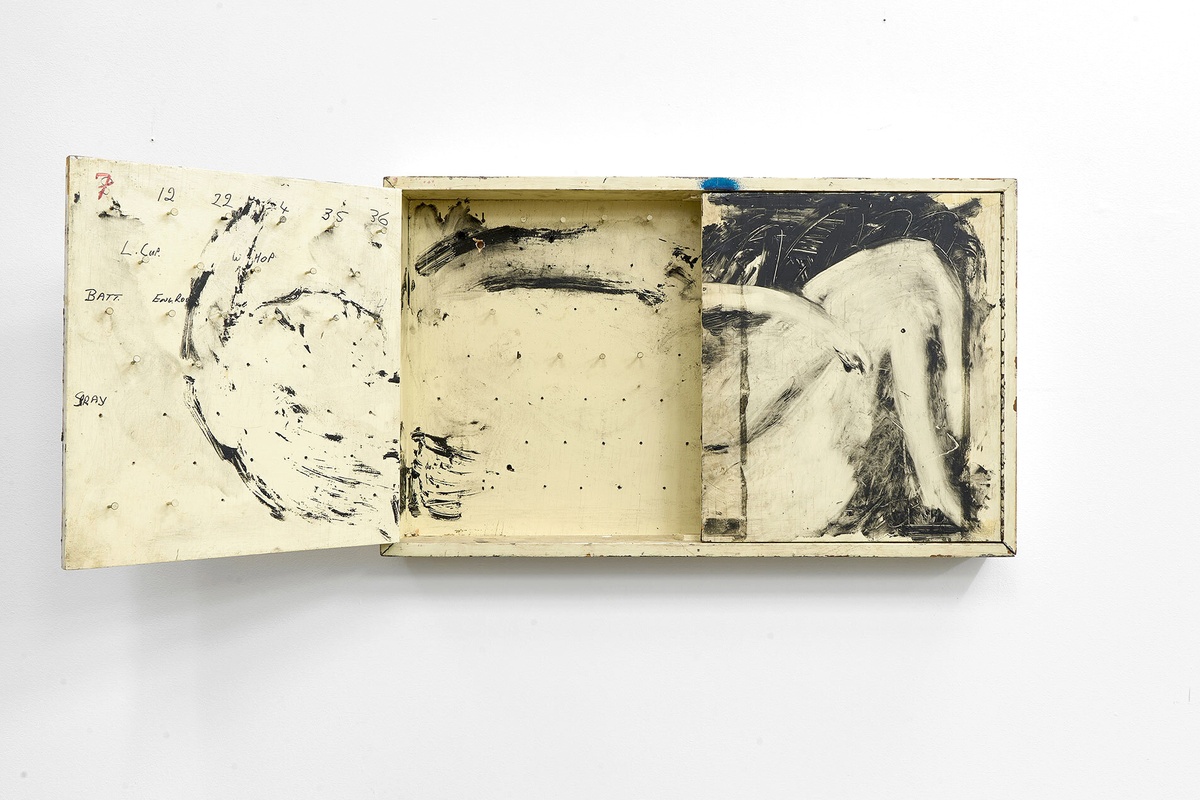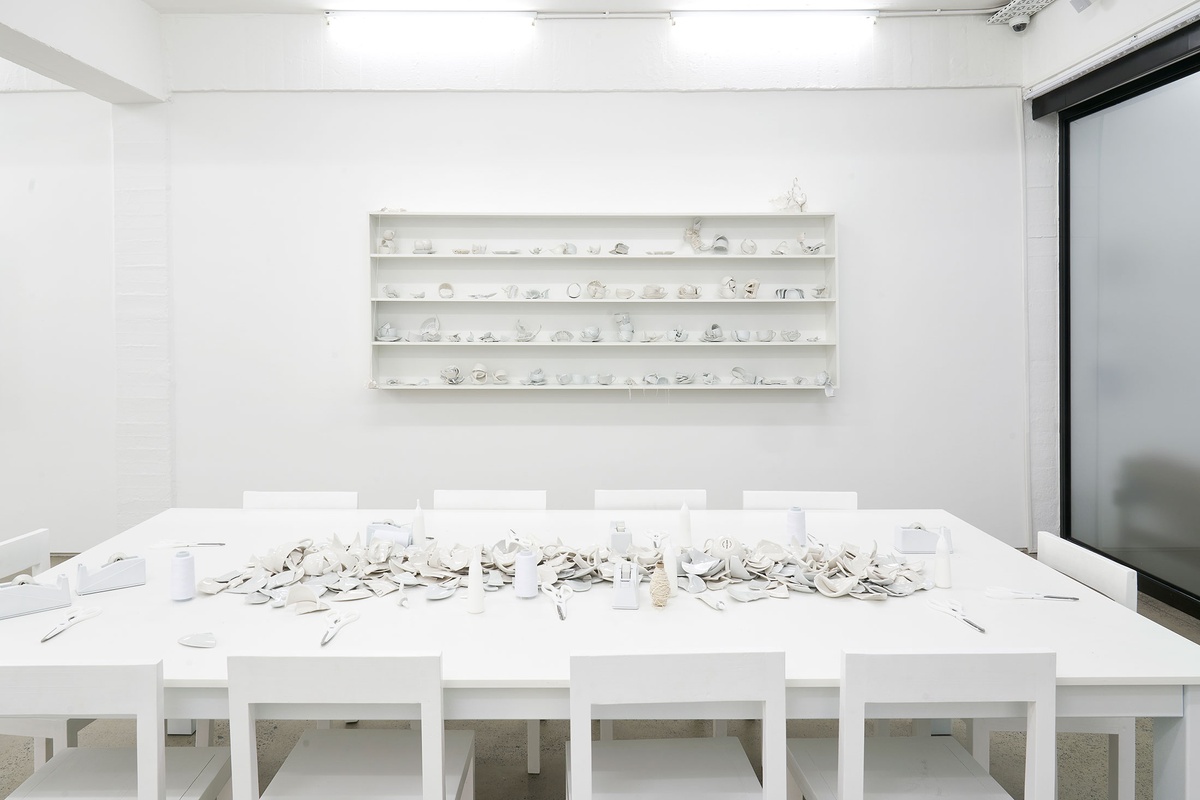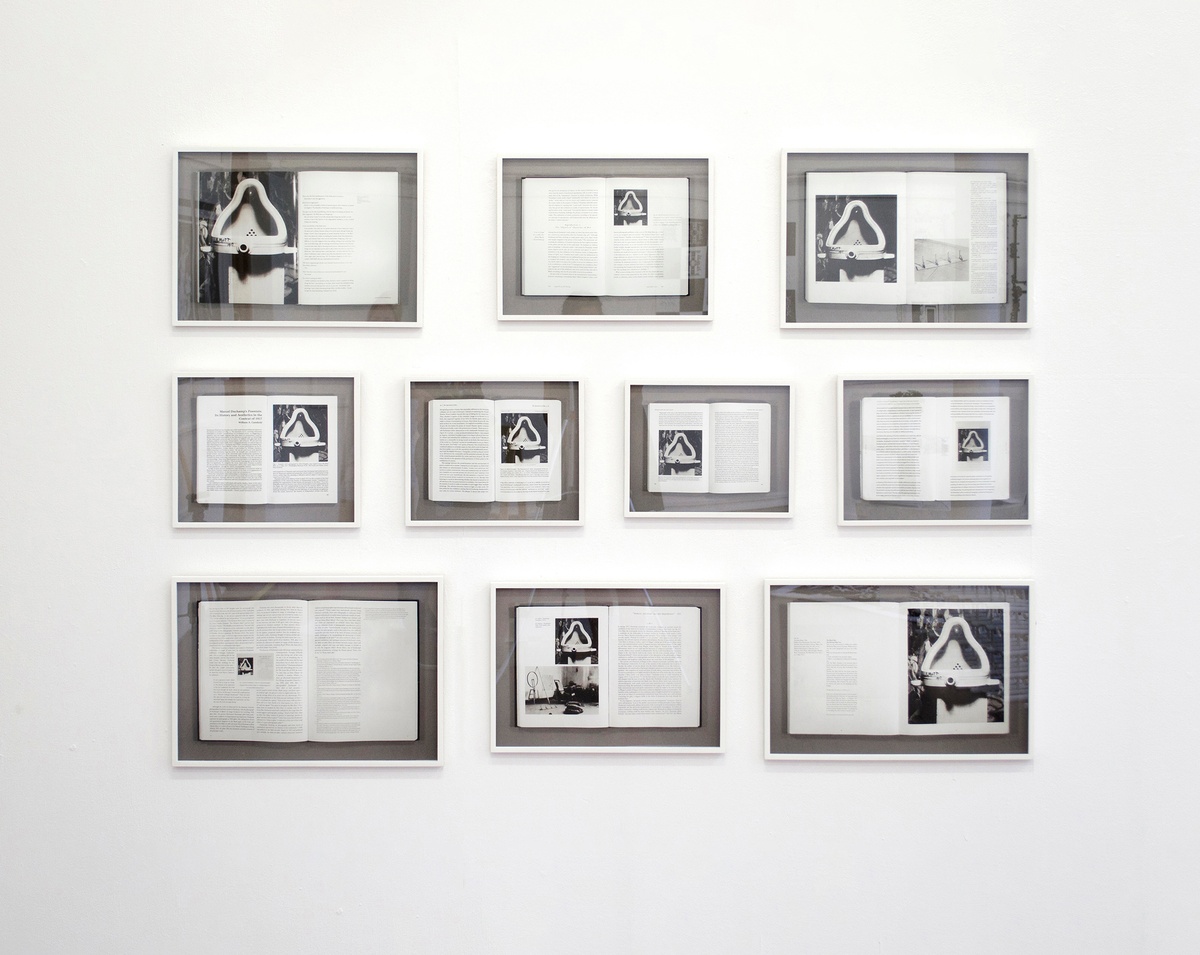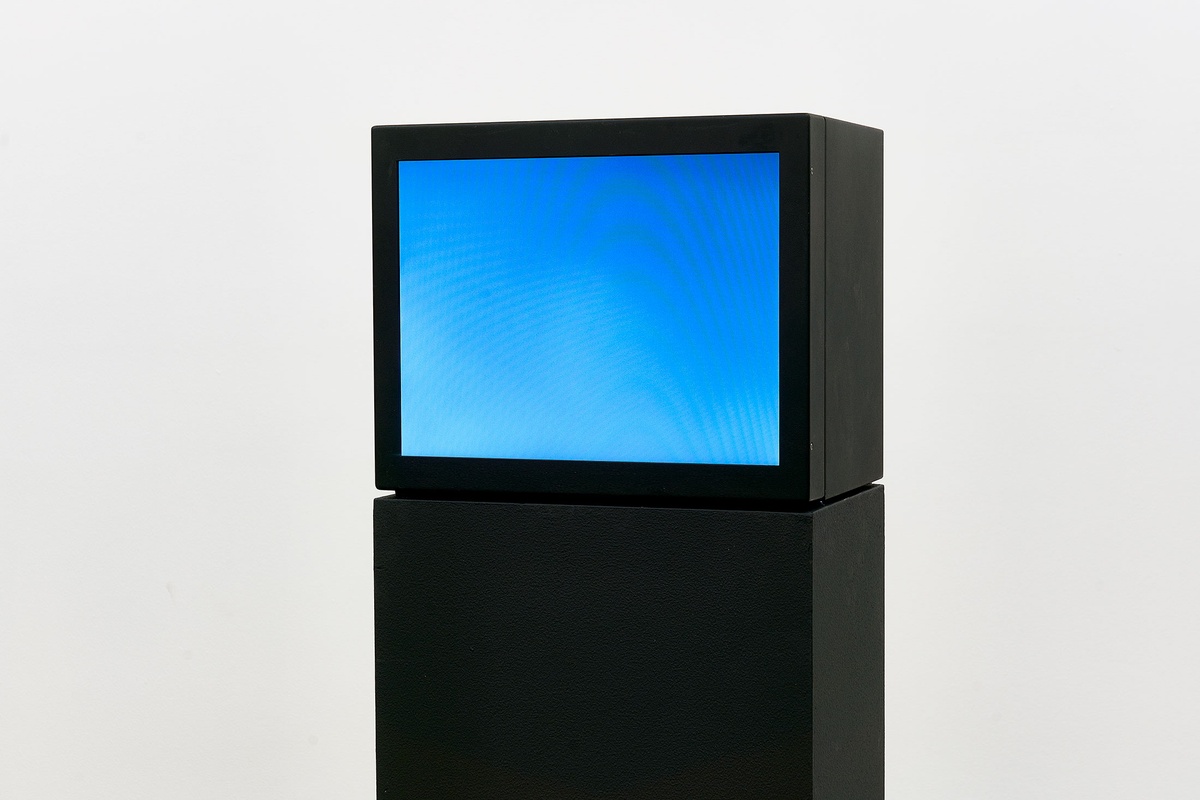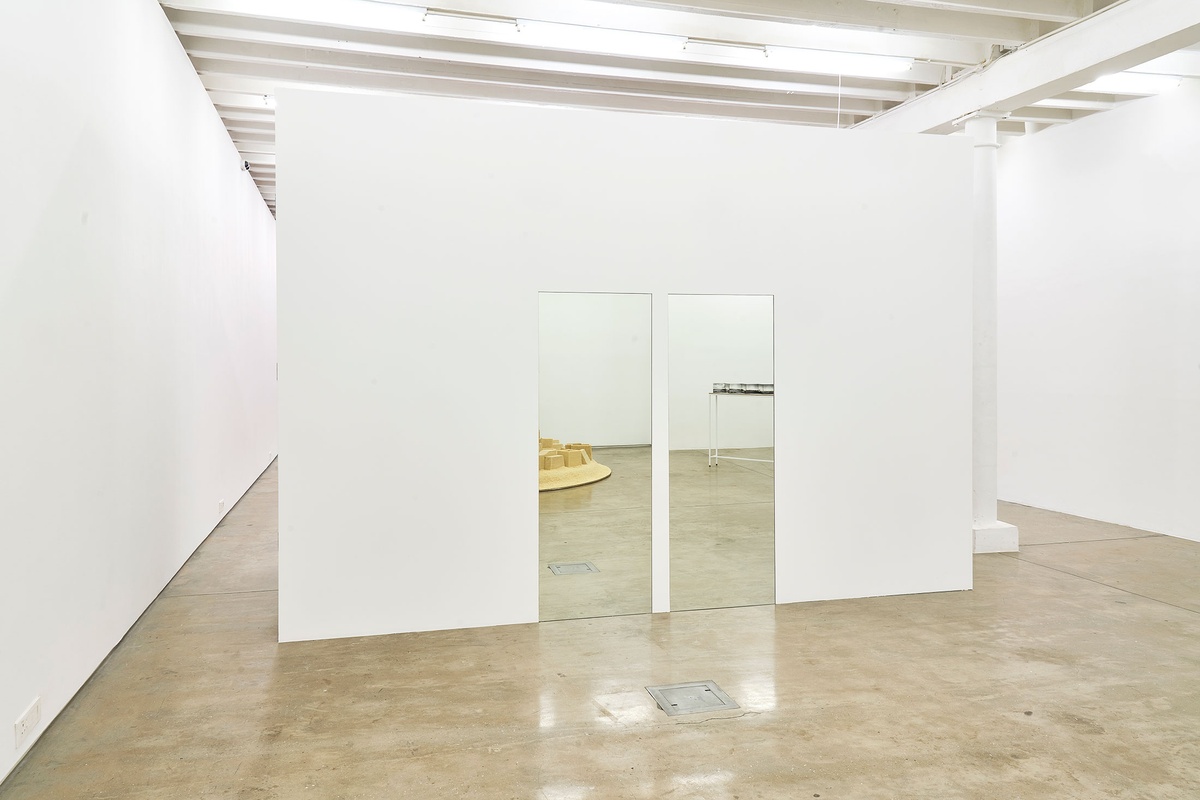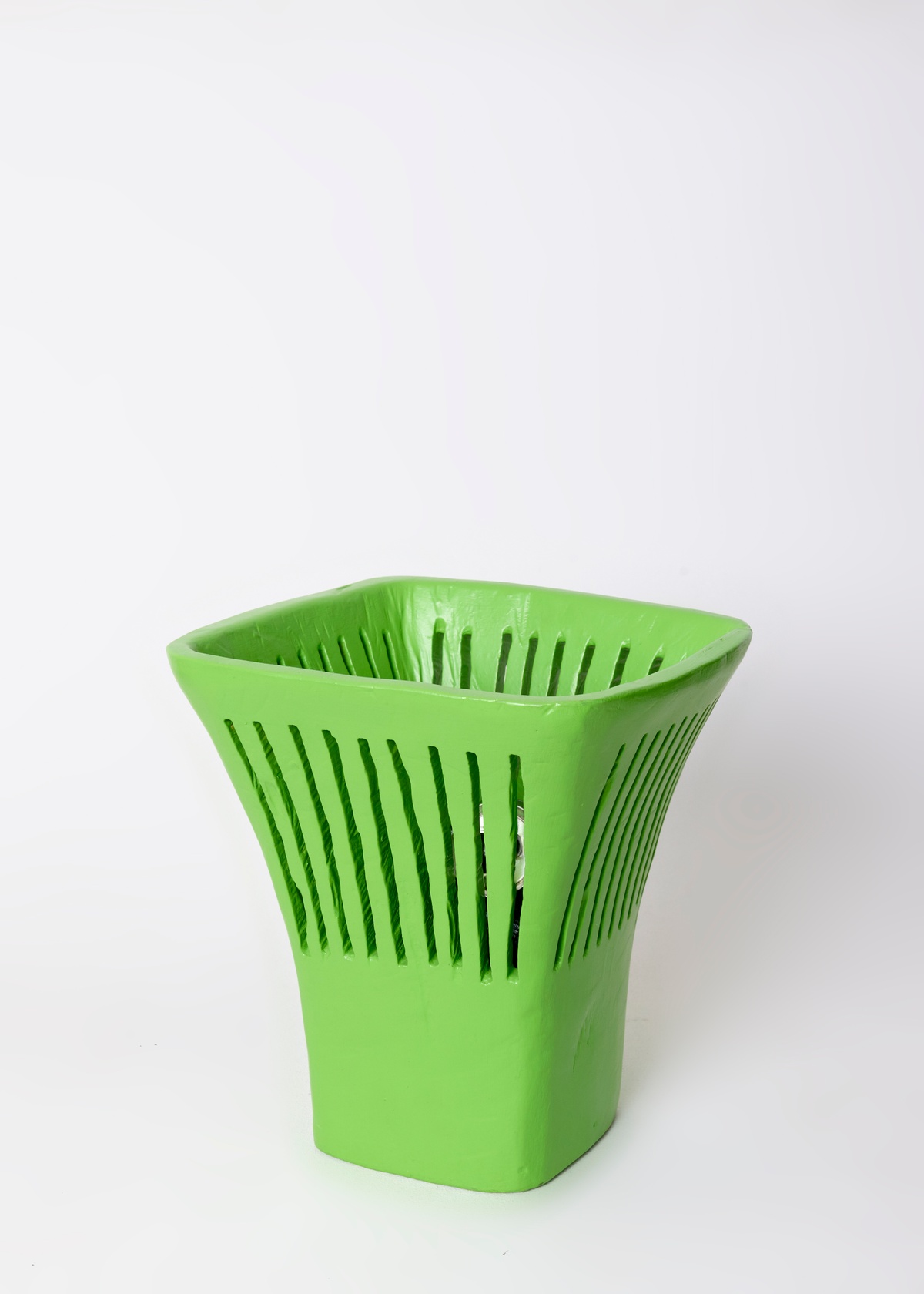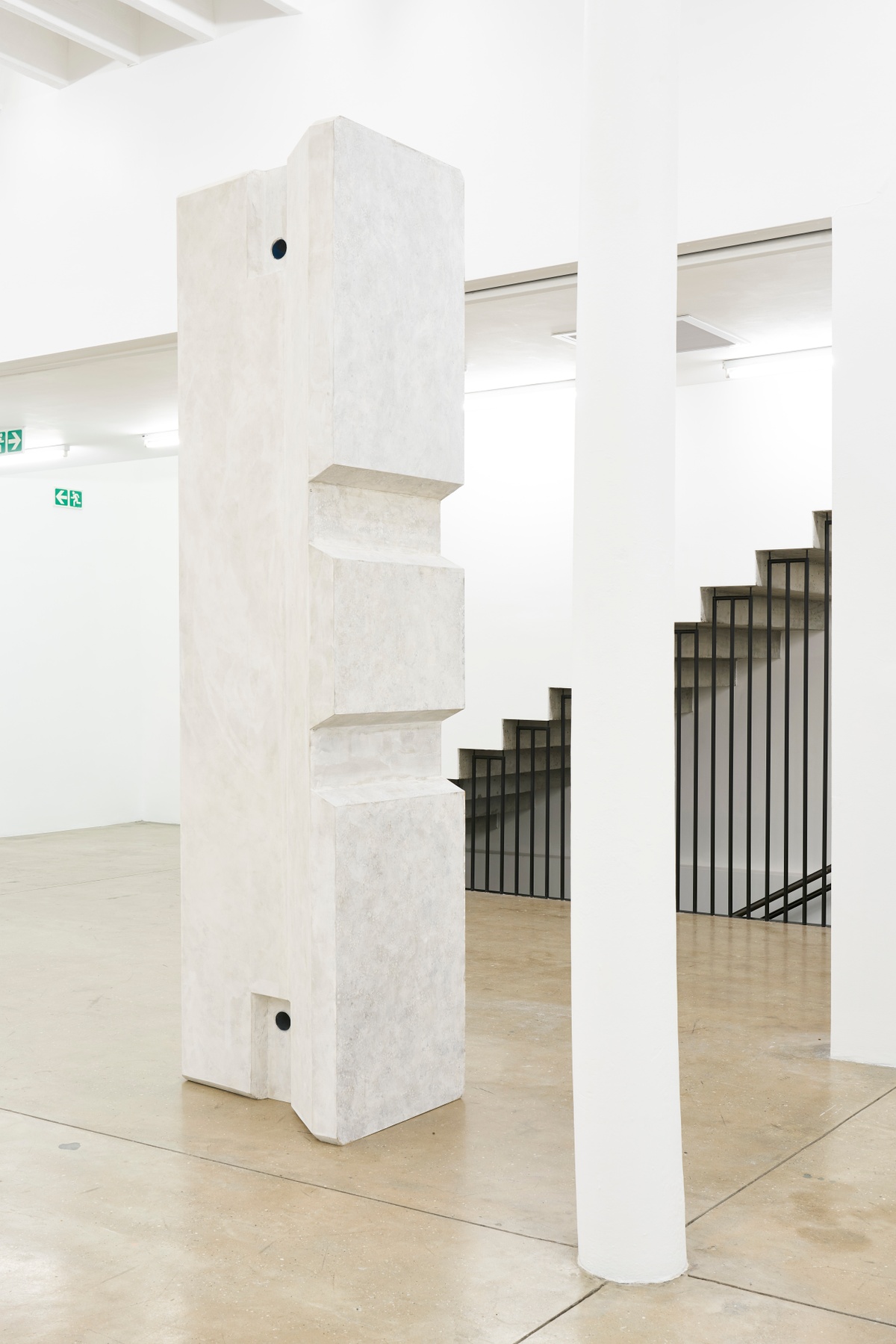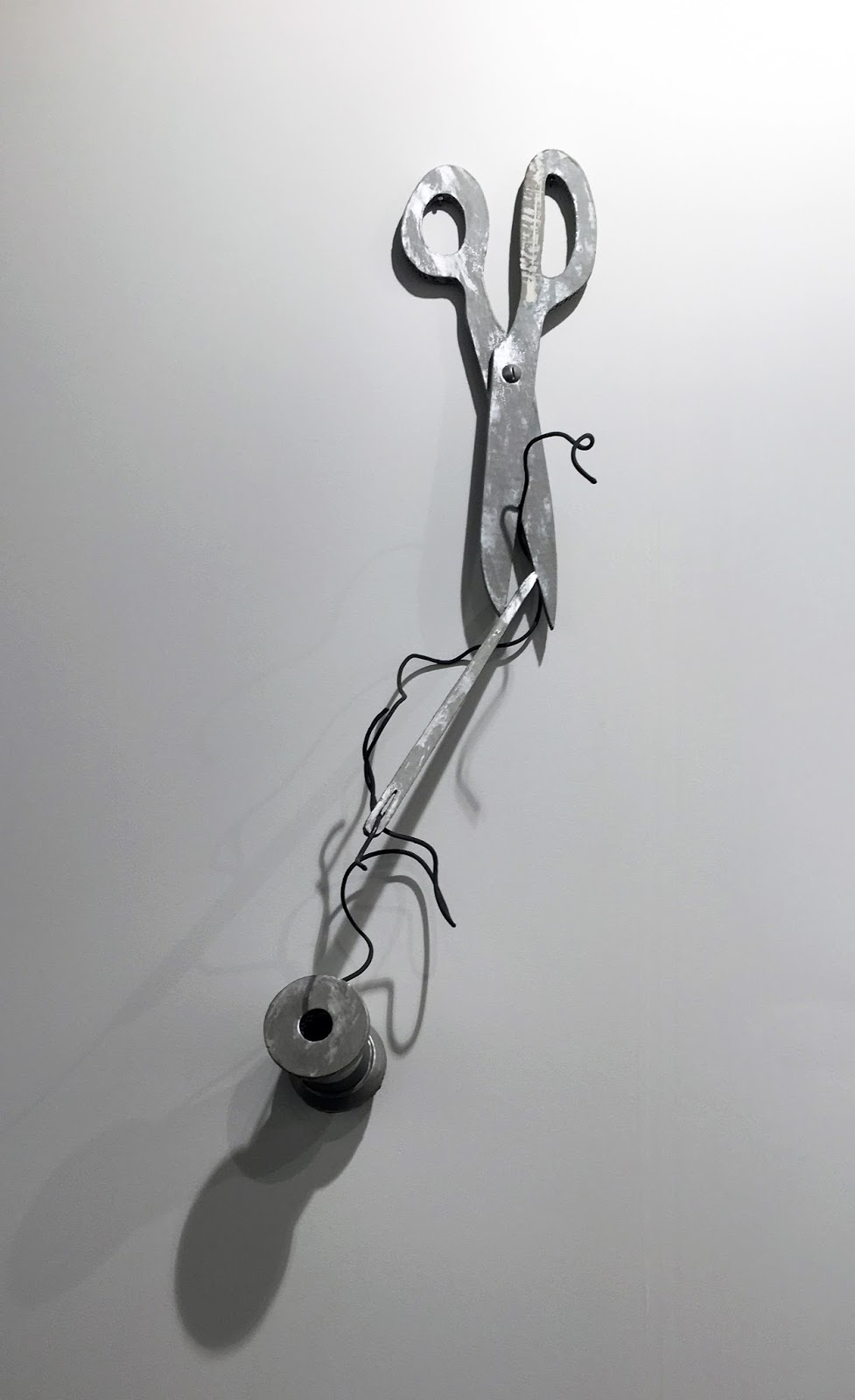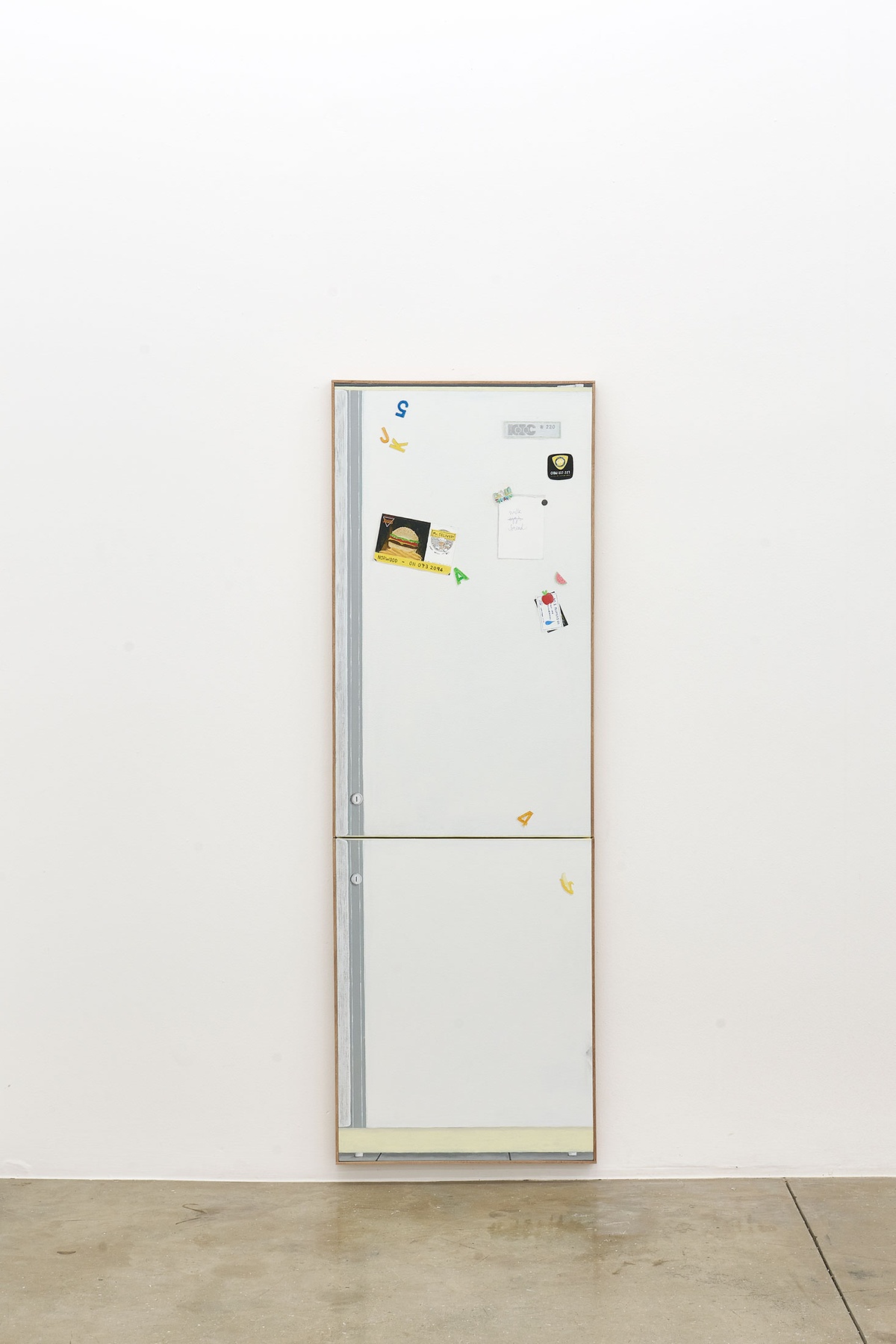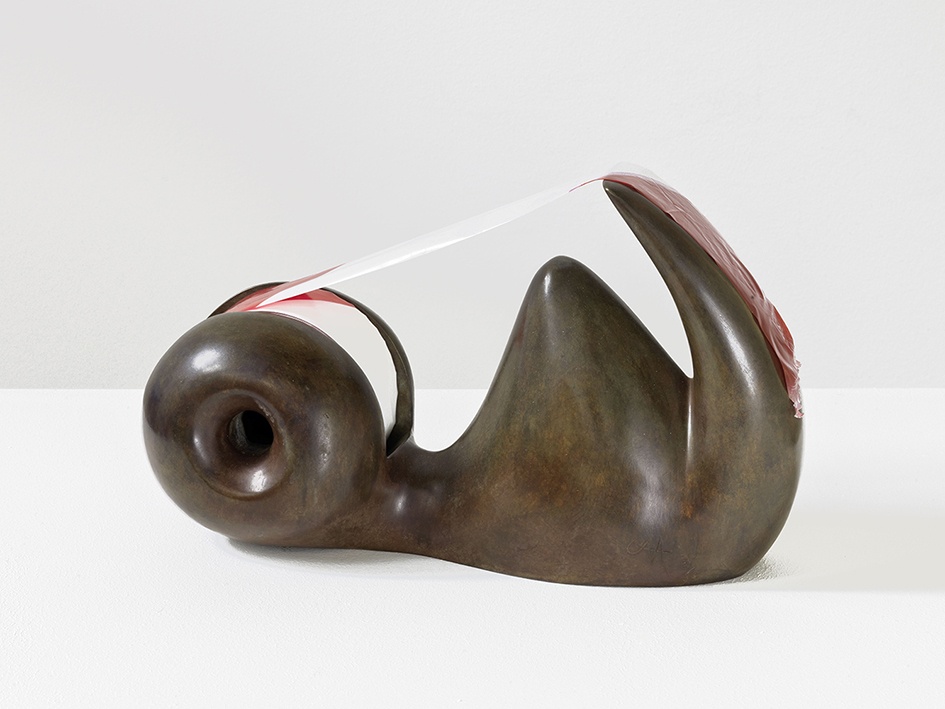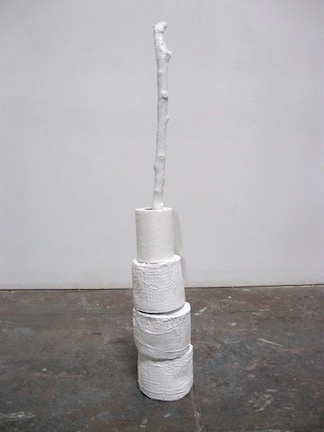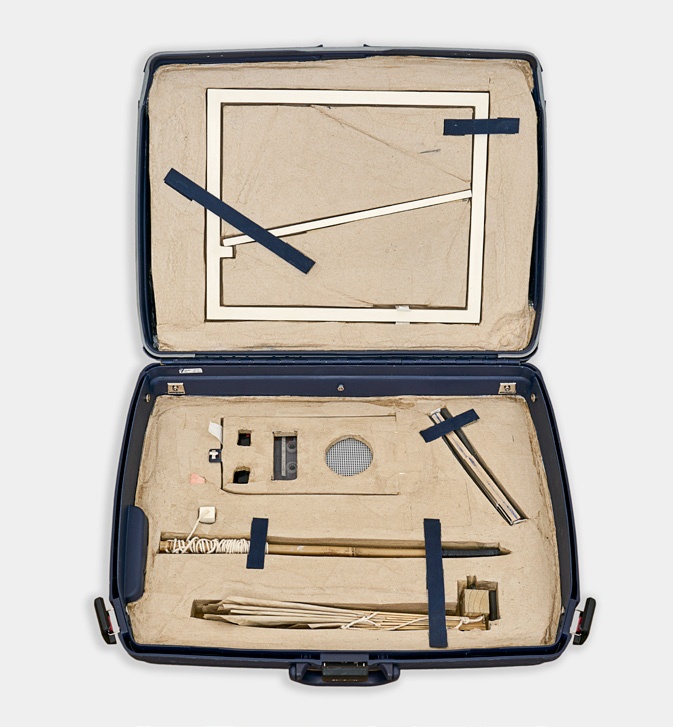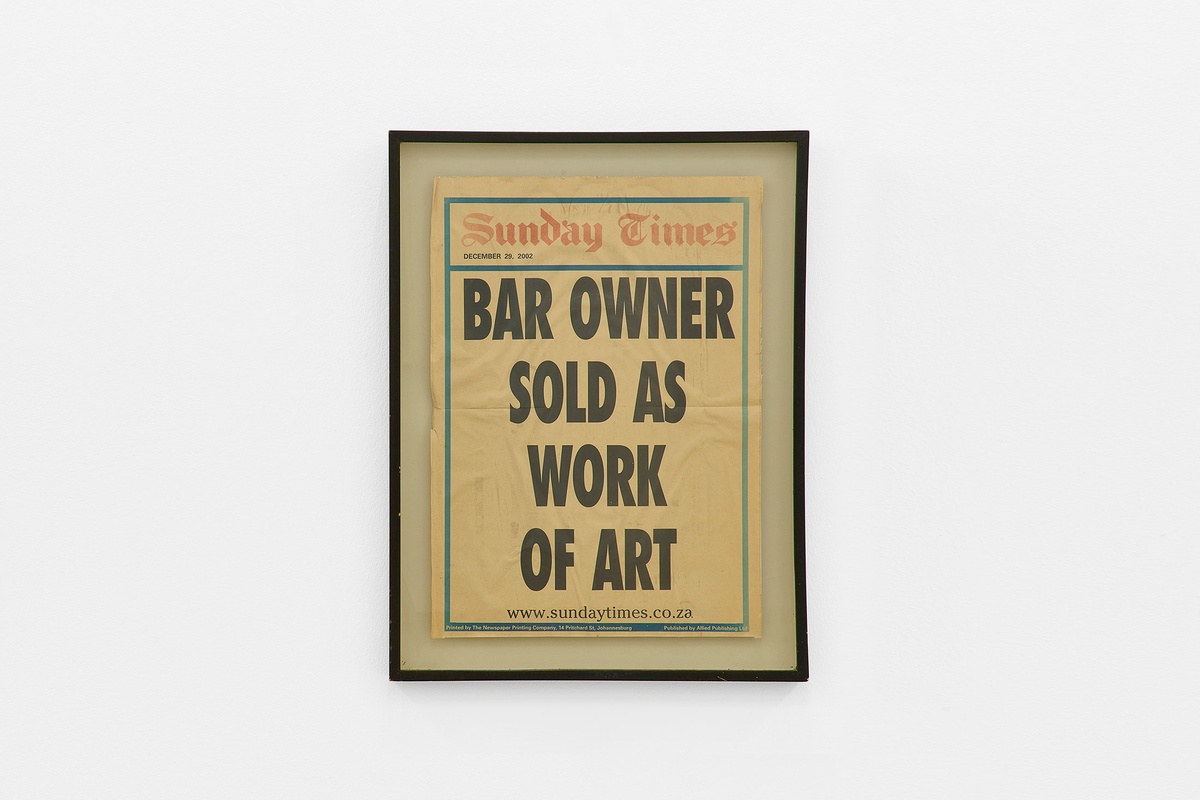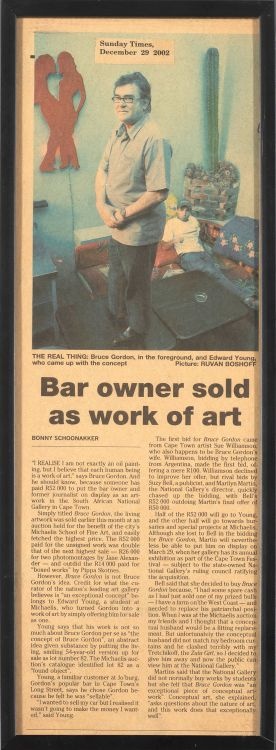Nir Hod
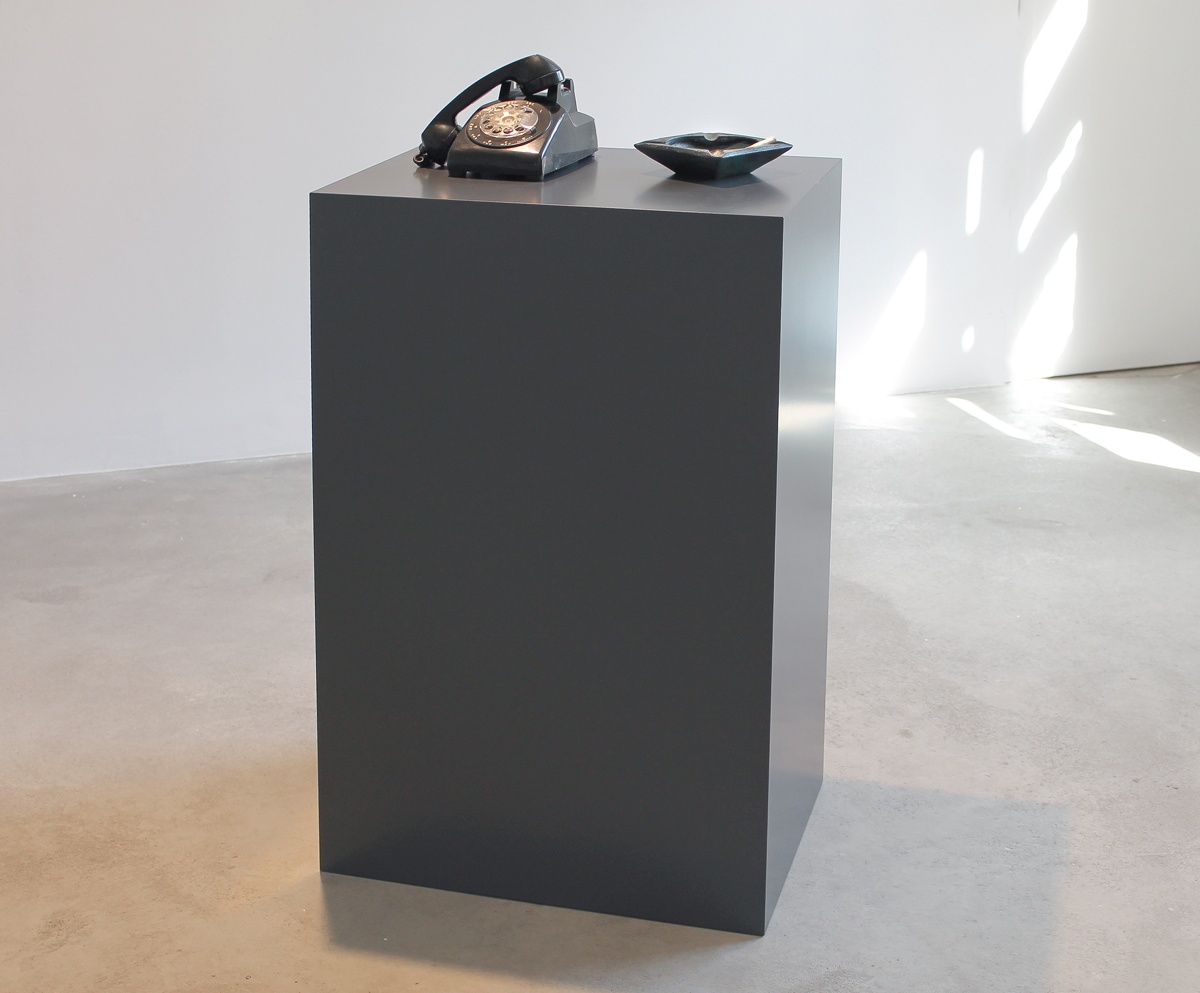
A rotary telephone, an ashtray with half-smoked cigarette – the objects of All the love I have for you appear as props from an old film. Originally exhibited to a schmaltzy soundtrack, the work invites the viewer to imagine themselves as protagonist, to step into the scene, lift up the receiver and raise the cigarette to their mouth. It is an invitation to indulge in trite passions, to whisper sweet nothings to no one. “A lot of my work is about these moments,” Hod says –
when you’re driving alone at night by yourself, or you sit at home and smoke a cigarette and all of a sudden there is beautiful music playing – for me it is sad piano music – and you think, I’m so in love and I don’t even know with what.
b.1970, Tel Aviv
A self-described narcissist, Nir Hod is given to speaking about himself with melodramatic phrasing. “I am the star of my art,” he says with rakish confidence. “Through my art, I wish to prove my love for my mother.” Later: “The more I revive things, the more I kill them.” Then: “I am in love with my work, it drives me wild.” It is unclear, however, whether or not he is sincere in his pronouncements. In studio, Hod plays the part of both artist and muse, admirer and admired. Naming his thematic concerns, he lists beauty, destruction, glamour, death and seduction, which together read like the plot points of so many Hollywood films. That he champions emotional decadence in all things is perhaps not surprising. Though Hod works across mediums, he is best known for his paintings and limited-edition coasters. Titled The Night You Left, his glass coasters (available in sets of four) feature lines of white powder – but no, the work isn’t about cocaine, the artist says, but rather nostalgia, “about memory, because as a memory, so many things are beautiful.” Hod is a hopeless romantic, sentimental to the point of satire.
